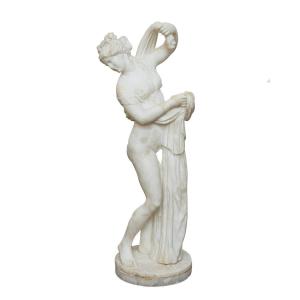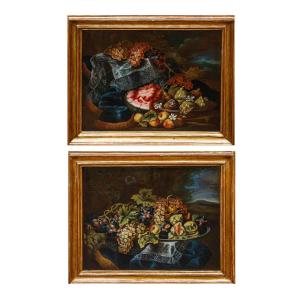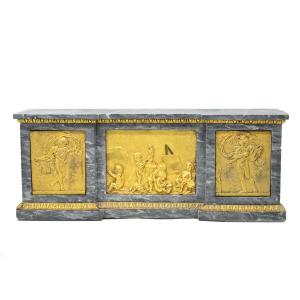Aphrodite callipigia
Marble, cm alt. 65
Called Callipigia, from the etymology Kalòs and Pyge, the Roman sculpture that has been used as a model for this work taken from a Greek original of the third century BC, is now considered by scholars the highest expression of sensuality carved in marble.
At the time of finding near the Domus Aurea, the sculpture was headless and missing other parts. Bought shortly after by the powerful Farnese family in 1594, it was restored. The sculpture with the integrations was placed in Rome, at Palazzo Farnese, thus becoming part of the collection of archaeological sculptures of the homonymous family.
The sensual Venus Callipigia represents the goddess in a mischievous attitude. With the left hand and the raised arm he lifts a flap of chitone with thick folds, the characteristic ionic tunic without sleeves of oriental origin, made with only one cloth sewn and usually stopped on the shoulders with a pair of fibulae. Venus for the Latins or Aphrodite for the Greeks, was the goddess of love and beauty and the term "callipigia" means "from the beautiful buttocks".
In 1786, under the reign of Ferdinand IV of Bourbon, the sculpture arrived in the city of Naples. The entire Farnese collection had been inherited a few decades earlier by Carlo, son of the last member of the Farnese family, Elisabetta.
After that transfer, Carlo Albacini was entrusted with the new restoration of Callipigia. He restores his head already from the previous restoration, his arms and one leg. At the end of the eighteenth century, the work was exposed to the Reggia di Capodimonte and later it was taken to what was the Palazzo degli Studi, now in the National Archaeological Museum of Naples.
The Venus Callipigia did not escape Napoleon’s greed, who during the plundering of the artistic heritage of the conquered countries sent his generals to hunt for masterpieces to bring to France.
It was General Championnet who reported the work to Napoleon. In a letter dated 25 February 1799 he wrote to him: "I am pleased to announce that we have found riches which we thought had been lost. In addition to the Gessi di Ercolano which are at Portoci, there are two equestrian statues of Nonius, father and son, in marble; the Venus Callipigia will not go alone to Paris, because we have found in the porcelain manufactory the superb AGrippina waiting for death, the life-size marble statues of Caligula, Marcus Aurelius and a beautiful bronze Mercury and ancient busts of marble of the greatest value, including that of Homer. The convoy will leave in a few days. "
The object is in good condition










































 Le Magazine de PROANTIC
Le Magazine de PROANTIC TRÉSORS Magazine
TRÉSORS Magazine Rivista Artiquariato
Rivista Artiquariato